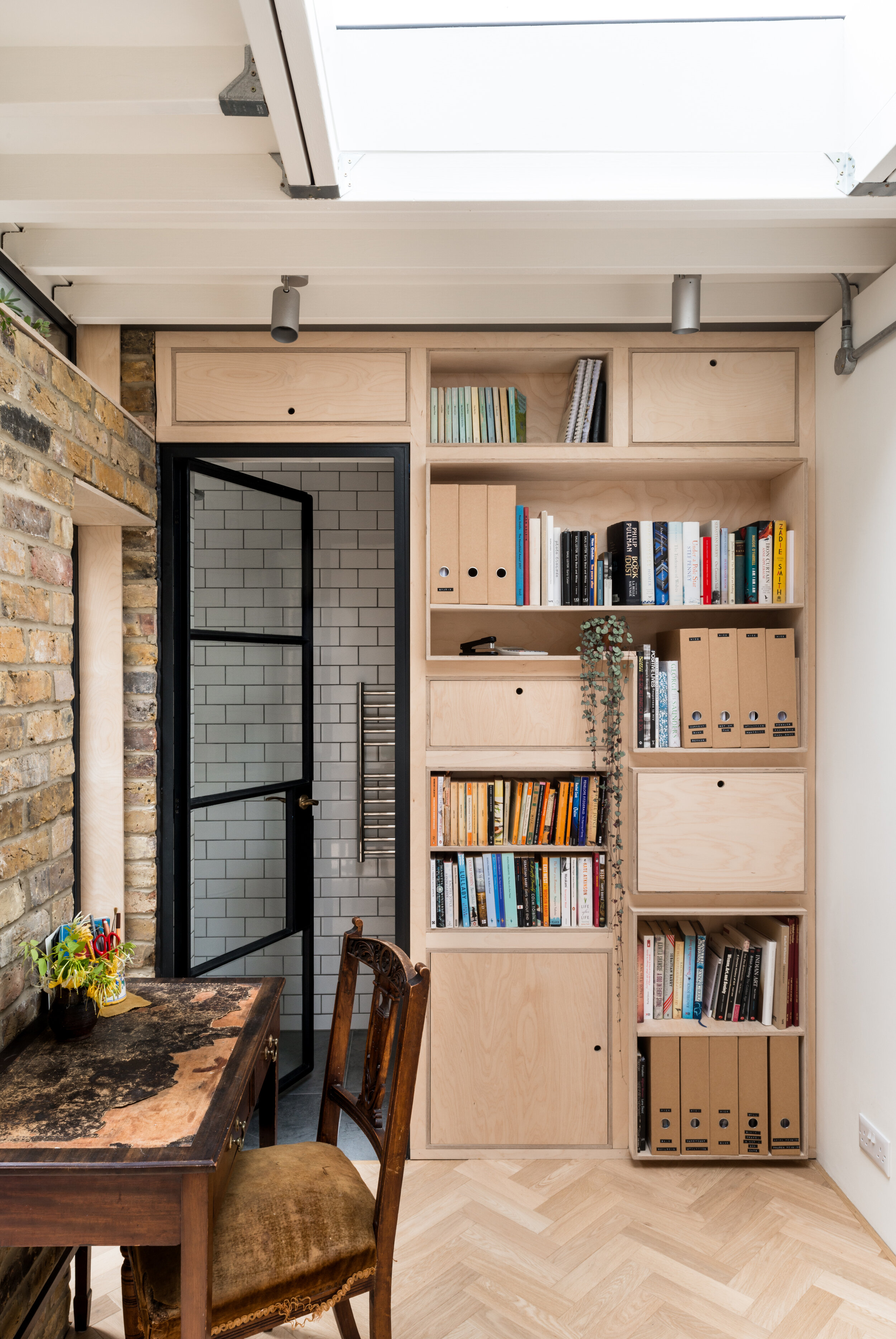Daylight is one of the most powerful tools in home design. It can transform a space, making it feel brighter, more spacious, and uplifting, while also reducing reliance on artificial lighting. At MW Architects, we believe that thoughtful daylighting is essential to creating homes that are not only beautiful but also functional and sustainable.
Orientation: Designing with the Sun
The orientation of your home or extension is fundamental to maximising daylight. South-facing rooms are ideal for living spaces, capturing bright, warm light throughout the day. However, this light can also be harsh, so incorporating shading elements like overhangs or planting is essential to manage glare and heat gain.
East-facing spaces, such as kitchens, benefit from soft morning light, creating a welcoming atmosphere to start the day. Bedrooms can also face east if you enjoy being woken by the morning sun. Alternatively, north-facing bedrooms provide consistent, cooler light, perfect for restful spaces.
Glazing: Size, Placement, and Purpose
Glazing is a key element in daylighting. Large south-facing windows and bi-fold doors flood spaces with light but must be balanced against potential overheating. Skylights are particularly effective in spaces lacking vertical glazing, such as mid-terrace homes or extensions. They allow sunlight to track across the room, bringing the changing colours of light throughout the day and creating a connection to the time of day.
For darker areas, clerestory windows or light wells can channel daylight into deeper parts of the home. High-performance glazing is essential to reduce heat loss in winter and prevent overheating in summer.
Interior Finishes: Enhancing and Controlling Light
Interior finishes significantly influence how daylight interacts with a space. Light-coloured walls and reflective surfaces amplify light, bouncing it deeper into the plan. However, in south-facing rooms, these finishes can cause glare, so it’s important to balance them with matte textures or softer hues.
In darker or north-facing spaces, don’t shy away from darker tones. Warm, rich colours like deep reds or earthy yellows can create a cosy, intimate atmosphere that feels inviting and comforting.
Other Considerations
Open-plan layouts allow light to travel further into the home, while thoughtful landscaping—such as avoiding tall trees directly in front of windows—ensures light isn’t obstructed. Skylights, light wells, and reflective materials can all enhance natural light, creating homes that feel alive with brightness and connected to the outdoors.
At MW Architects, we integrate these principles into every project, creating homes that are functional, sustainable, and uplifting. Daylighting isn’t just about light—it’s about creating spaces that connect people to their environment and enhance their daily lives.













